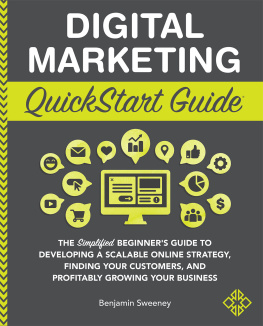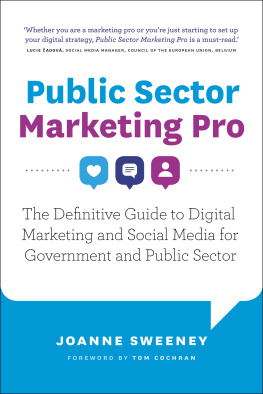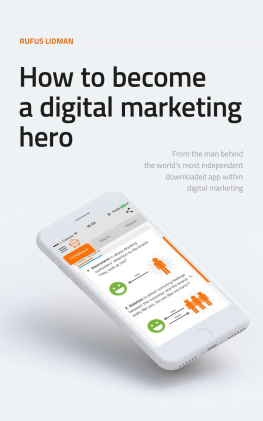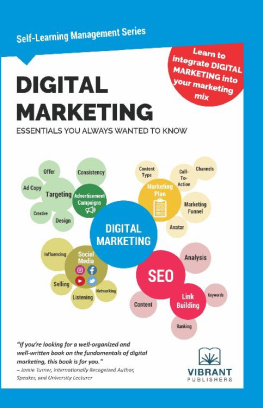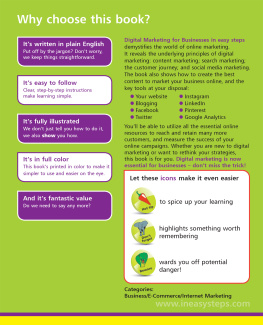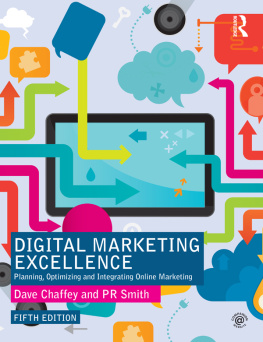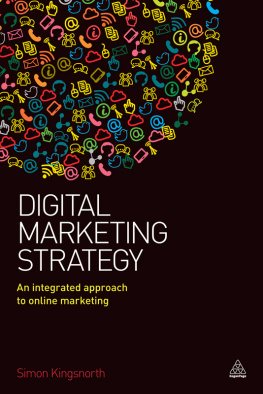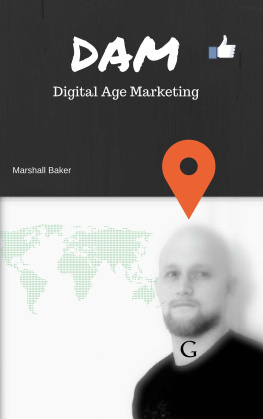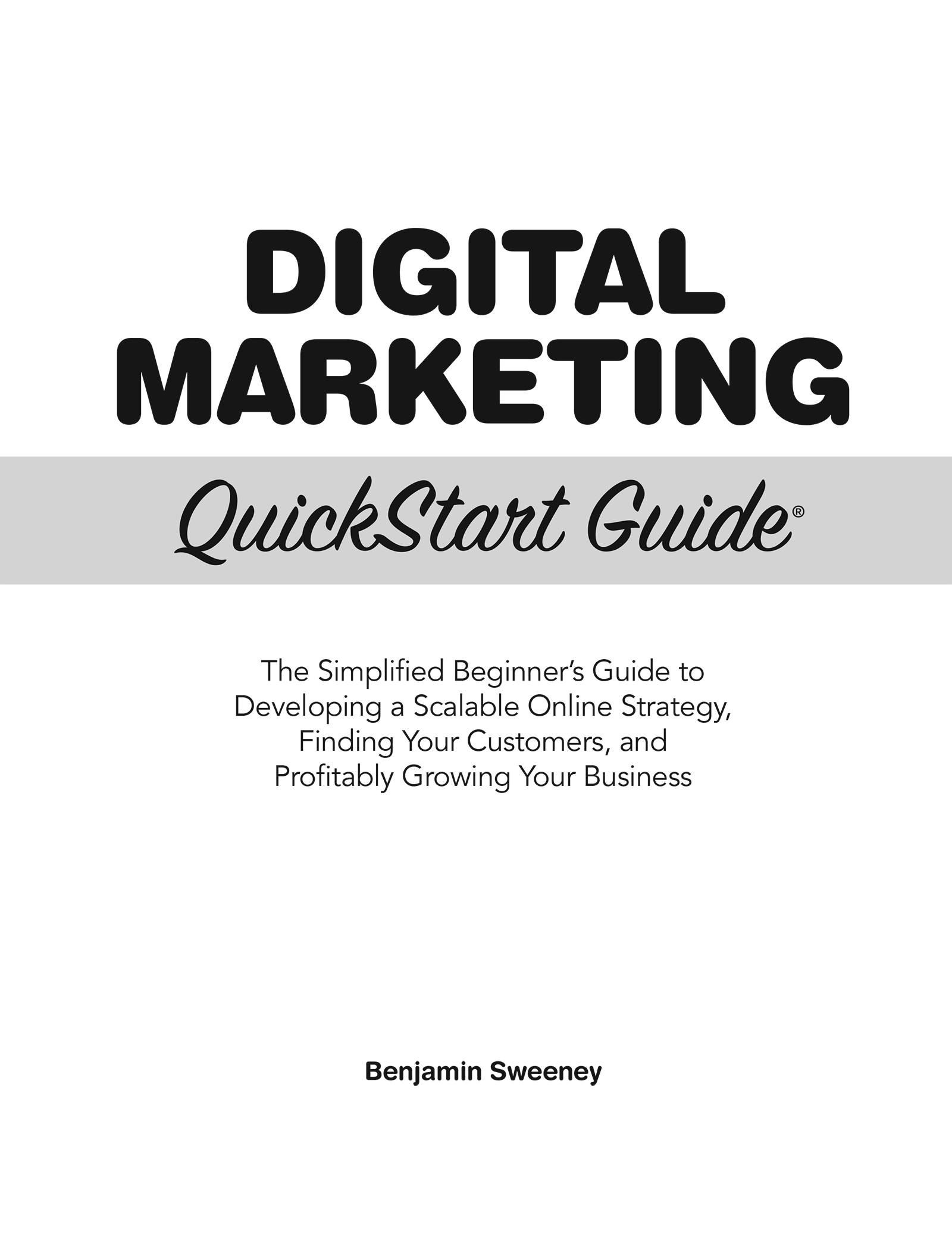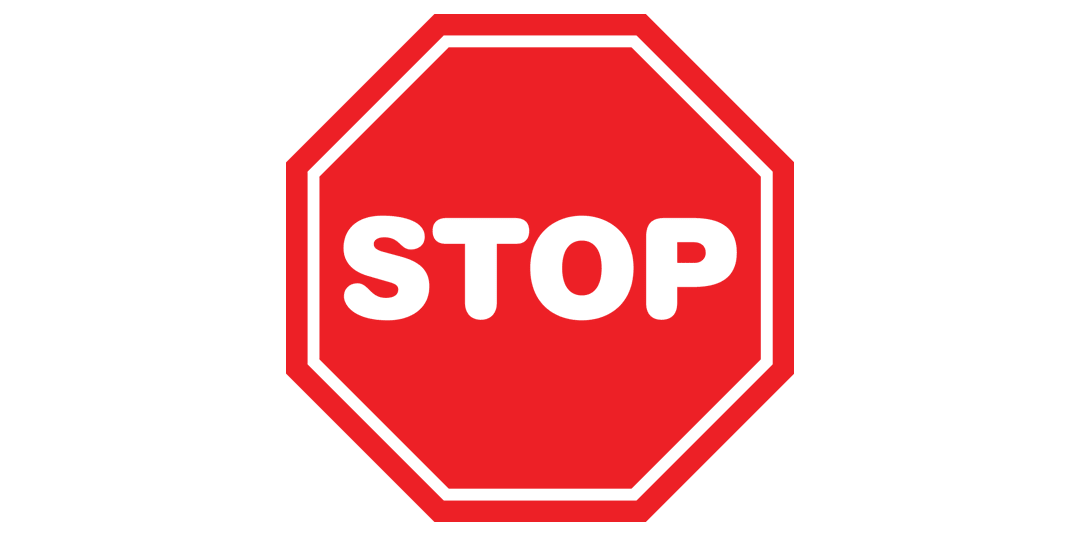
Business has only two functionsmarketing and innovation.
Peter Drucker
The lights are on, the door is unlocked, and youre open for business. Or youve paid your hosting fees and your inventory is listed on your e-commerce site. Your gym, bar, flower shop, or dog walking service is ready to do what it does best. You just need one more thing: no matter the shape, size, or flavor of your business, you have one burning need above all otherscustomers. A businesss need for customers is a tale as old as time. The specific methods by which those customers are found, enticed into parting with their money, and convinced to come back for more have varied throughout history, but one element remains constant: the human element. Digital marketing tactics are the latest in a long line of commerce and exchange techniques that stretch back to trade caravans and the earliest of human settlements.
This is a book about people. In it we will discuss reaching people, understanding their needs, communicating with them, and providing them with value. Maybe youre a new entrepreneur who needs to stand apart from the competition, but you only have a small team and modest resources. Or maybe youve been in business for years and are afraid that the opportunities provided by digital marketing are passing you by. People who know nothing about marketing or digital tools will find tremendous value in this bookas will marketing students, veteran marketers, freelancers, entrepreneurs, managers, decision makers, and influencers.
The truth is that digital marketing has, well, a marketing problem.
For too many people, digital marketing is perceived as complex, expensive, and bewilderingly technical. The idea that digital marketing is a black box is reinforced by marketing agencies that need their clients to outsource marketing, by legacy media outlets clinging to advertising dollars, and by marketing coaches who have high-ticket courses and seminars for sale (to name just a few). In reality, modern digital marketing methods are intuitive, user-friendly, cost-effective, and more accessible to businesses of all sizes than ever before. Put bluntly, there is no better way to put your messageor product, or servicein front of more people for a lower price.
Why Digital Marketing?
What sets digital marketing apart from other marketing avenues, above all else, is scale. Imagine its 1940 and youve hired an army of copywriters, printers, and illustrators to push out print ads, radio ads, and mass mailings, only to see the first television ad beamed directly into consumers living rooms in 1941. Incidentally, that first commercial cost $9, upwards of $165 in todays dollars, and was a spot for the watchmaker Bulova.
Fast forward to 1955, and total TV ad spending surpasses the $1 billion threshold. For savvy marketers, television was a revelation. Everyone wanted a TV in their home, and in short order the same people that marketers across the country wanted to reach were spending more and more time looking at their TVs. Reaching people at scale was never easier.
Today, Googles search engine processes more than 40,000 search queries every second of every day, on average. Facebook has 2.89 billion monthly active usersover a third of all humans alive right nowand more than two billion emails find their way to inboxes around the globe daily. The sheer number of smartphones, computers, and always online devices presents marketers with that same revelation of TV in 1941 but at a scale thats so large its hard to wrap your head around. In fact, in much the same way that cell phones are just called phones now, digital marking is so ubiquitous in our lives and so integral to the ways that businesses reach customers that it may as well just be called marketing.
So why digital marketing? Digital marketers have the ability to reach truly massive audiences in the blink of an eye at a cost that is much lower than that of traditional marketing methods. Digital marketing tools have enabled small businesses that would otherwise have languished in local markets to go global and deliver value to customers who may never have heard of them otherwise. Artists and craftspeople with even a minimal understanding of, and investment in, digital marketing tools can find, connect with, and sell their work to patrons who otherwise would never have realized they existed. However, digital marketing need not be global to be effective. Local businesses that use the same digital marketing principles outlined in this book can stay relevant in the minds of dedicated customers and deepen their connections to the community around them.
One of the other aspects of digital marketing that makes it so attractive is how measurable the results are. Sure, a billboard by a busy stretch of highway may be seen by thousands of people, but how many of them act as a result? No one knows. There are imperfect ways to measure the effectiveness of traditional advertising, but they pale in comparison to the precision of digital marketing with its ability to account for each dollar spent. Armed with the unique insight offered by digital marketing, marketers can see what works, what doesnt, and how they can tweak their efforts to reduce marketing costs even further.
Digital marketers reach prospective customers where they are spending their timeon their phones, on their computers, on social media, in their inboxes, and with the content they consume. Additionally, given the wealth of information and metadata that we generate in our travels around the internet, digital marketers can learn more about their target customers, uncover new prospective customers, and track the responses to marketing efforts in near real time. Marketing in digital spaces also opens up the conversation in ways that are new and exciting for businesses. Marketing in the twenty-first century truly is a two-way conversation. Not only are companies learning more about their customers, but their customers are learning about the businesses they patronize. This two-way exchange increases brand loyalty and personalizes brands in ways that eluded marketers in the past. Plus, there is no better insight into customer preferences and needs than a conversation directly with the source!
Why I Wrote This Book
ClydeBank Media was founded in 2013 as a digital-first publisher. Were a book publisher, of course, but from a business model and marketing perspective were also an e-commerce brand. ClydeBank Media doesnt have a physical storefront. We dont have retail shelf displays or window dressing. Online-only stores are long past the point of being novel, but we mention the fact that ClydeBank Media is online-only because that has been tremendously influential in the ways that we think about our customers, how to reach them, and the future of our business. As a result, our team was engaging with the world of digital marketing from day one.

